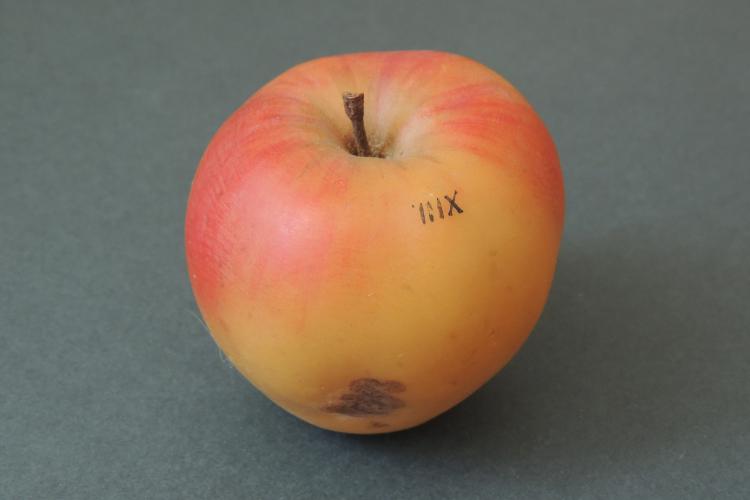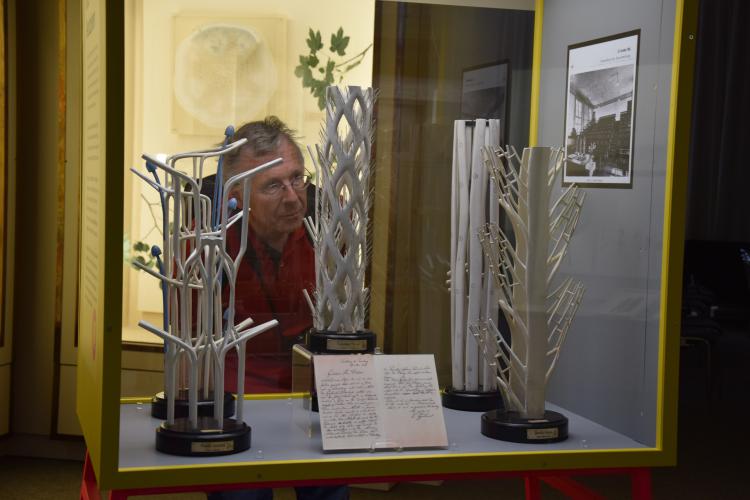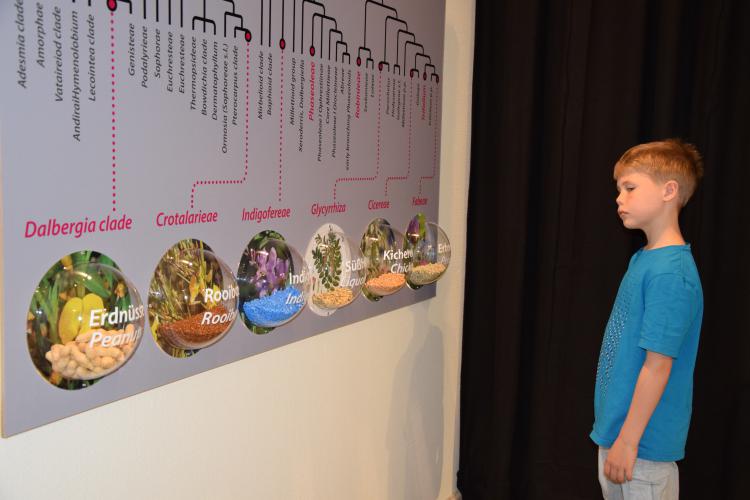A model, regardless of whether it is an intellectual concept or a tangible object, always relates back to a specific prototype, namely the phenomenon or original. In this sense it is always a model of something. On the other hand every model is also intended to have some kind of use. And in this sense it is always a model for something.
Our modelSHOW thus presents models under three aspects:
|
|
Life-like models are intended primarily to show viewers what certain organisms look like. |  |
Fürstenapfel. Model by Sickler/Bertuch, Weimar 1794-1804. Museum der Natur Gotha |
|||
| Didactic models facilitate the communication of biological knowledge and explain processes and relationships. |  |
Models of vascular bundles in plants around 1900, BGBM collection. Photo: C. Hillmann-Huber |
||||
| Models can also serve as instruments of description, prediction or explanation. As models for something they are themselves part of the research process in natural sciences. A famous example for the relevance of model building in solving a research problem is the discovery of the DNA structure by Watson and Crick. |  |
In this perspective, cladograms are models, too . Photo: C. Hillmann-Huber |





